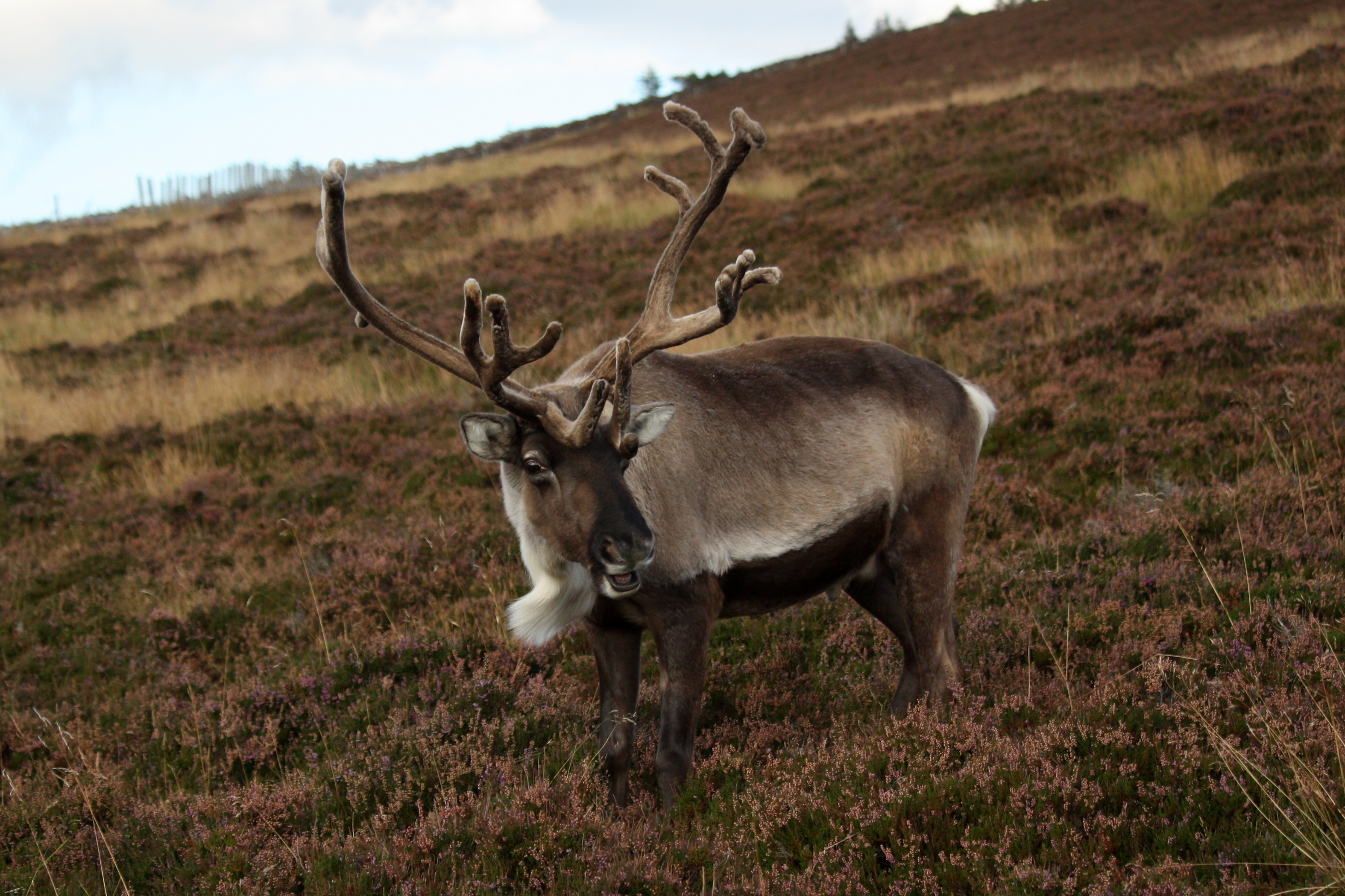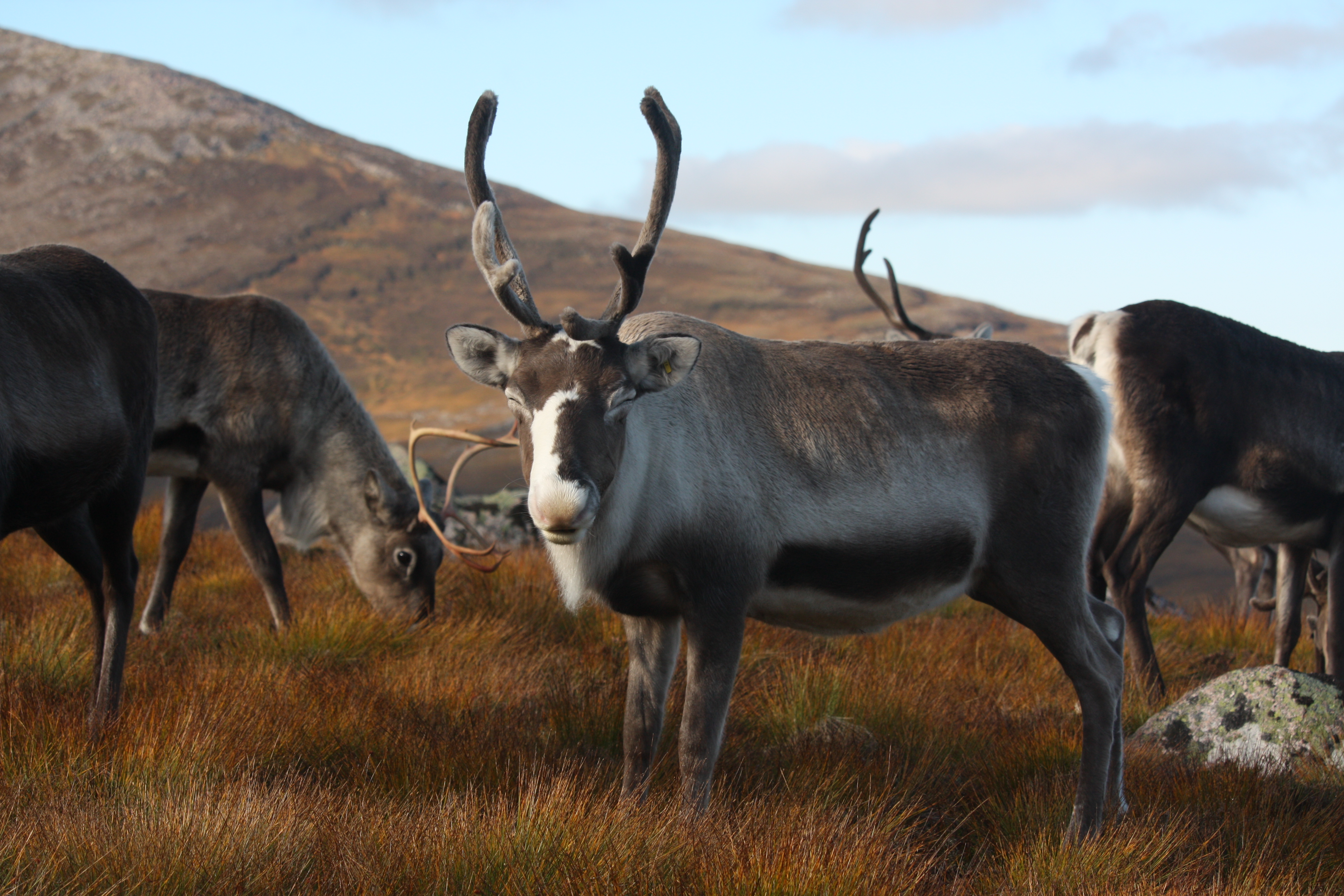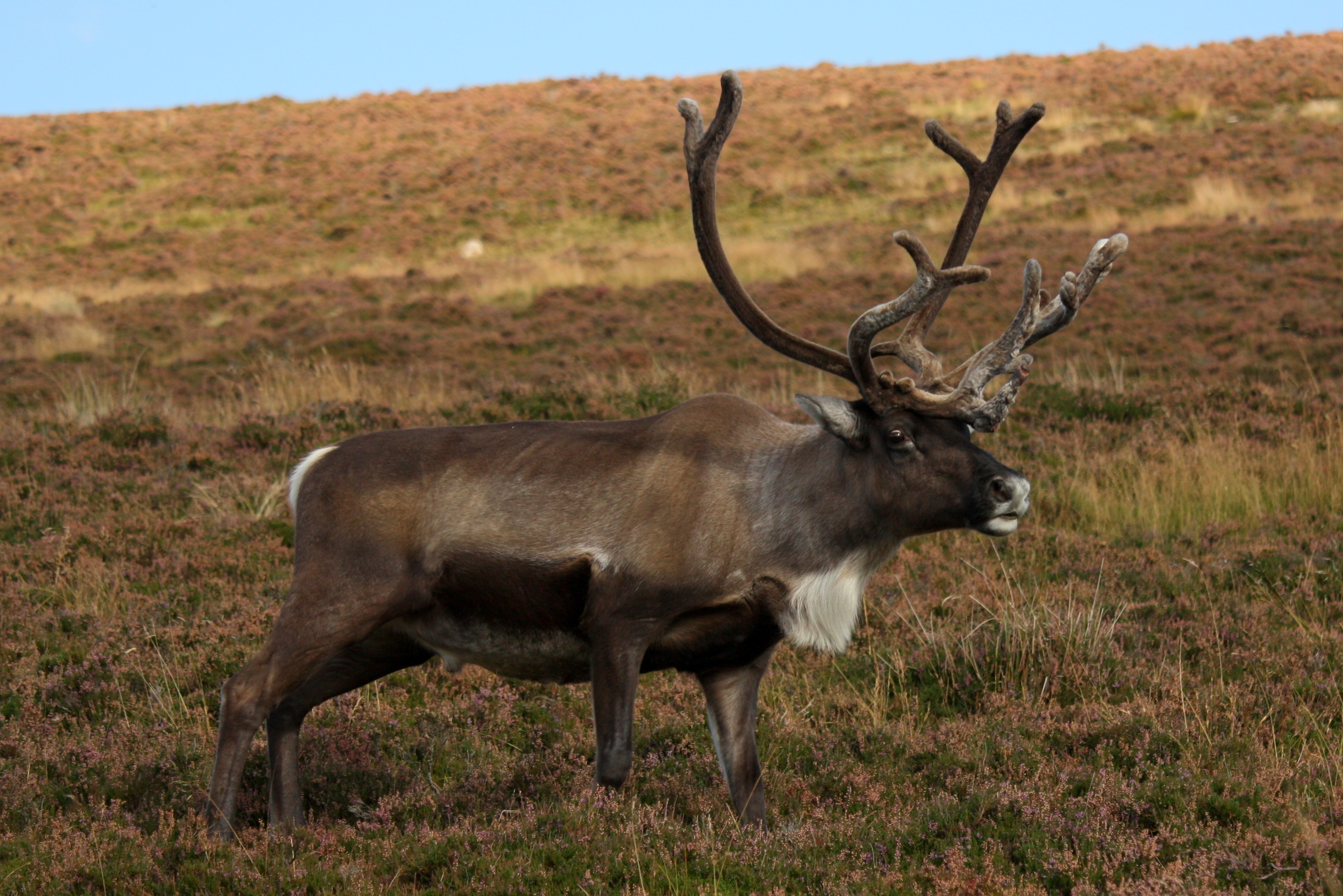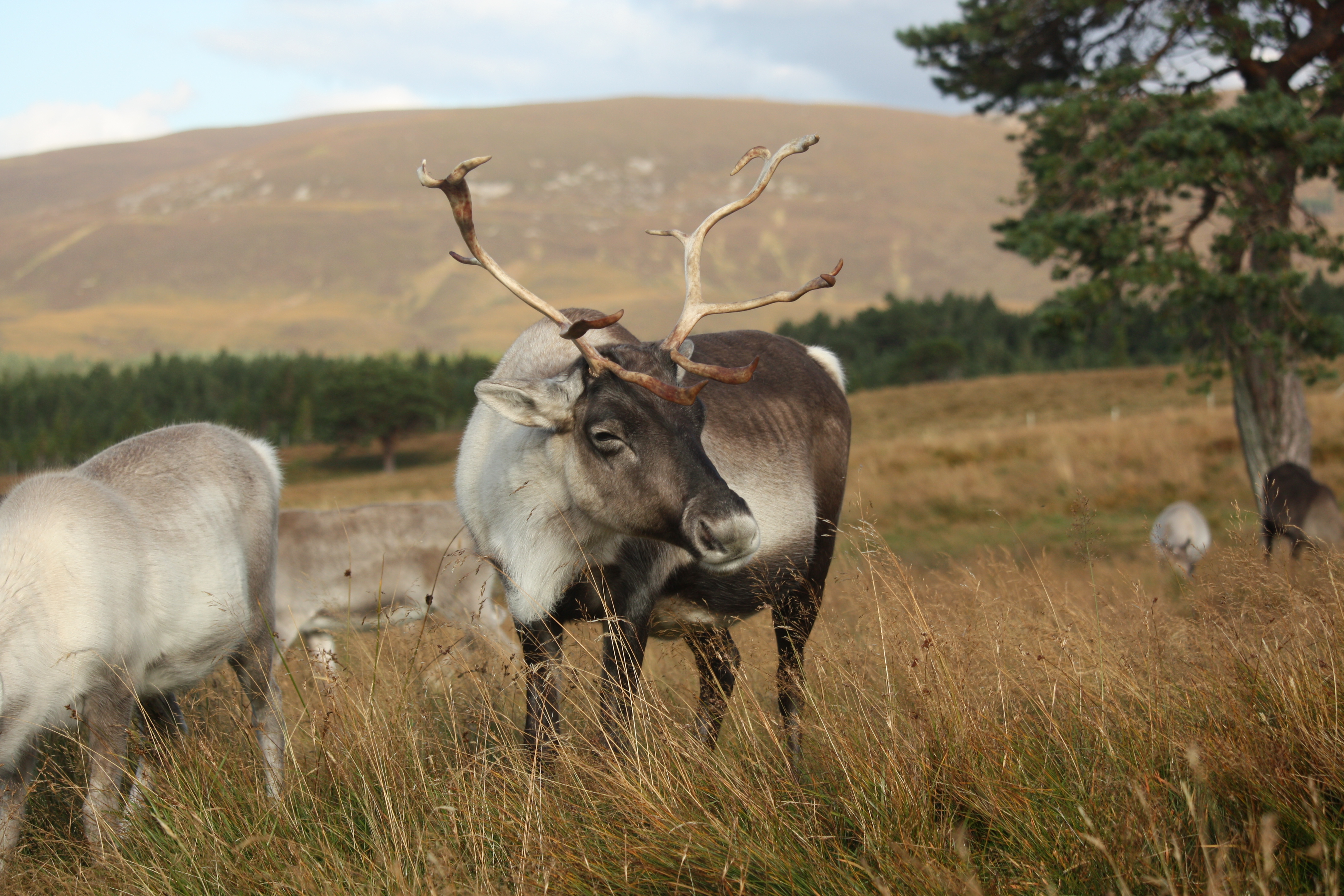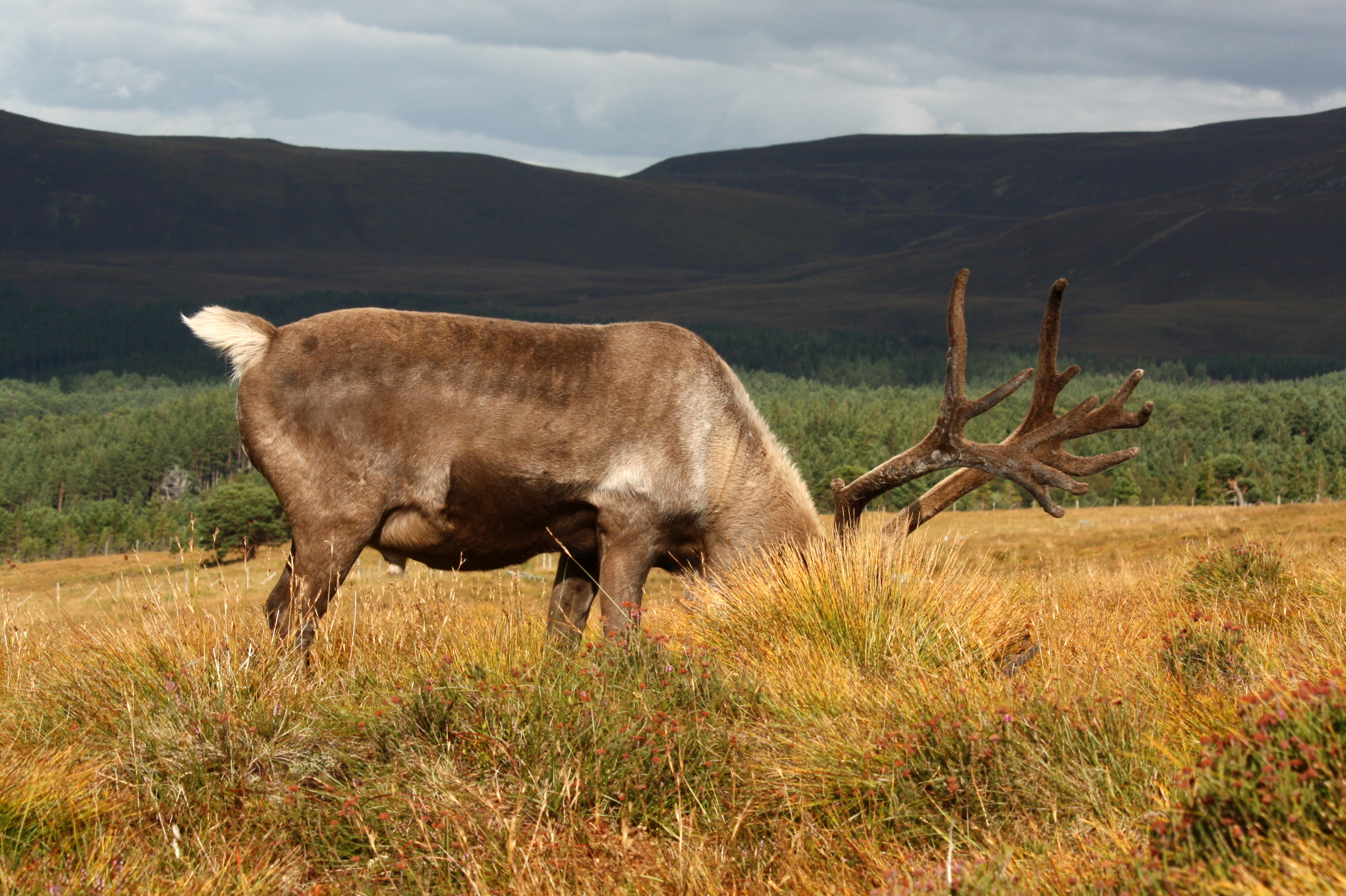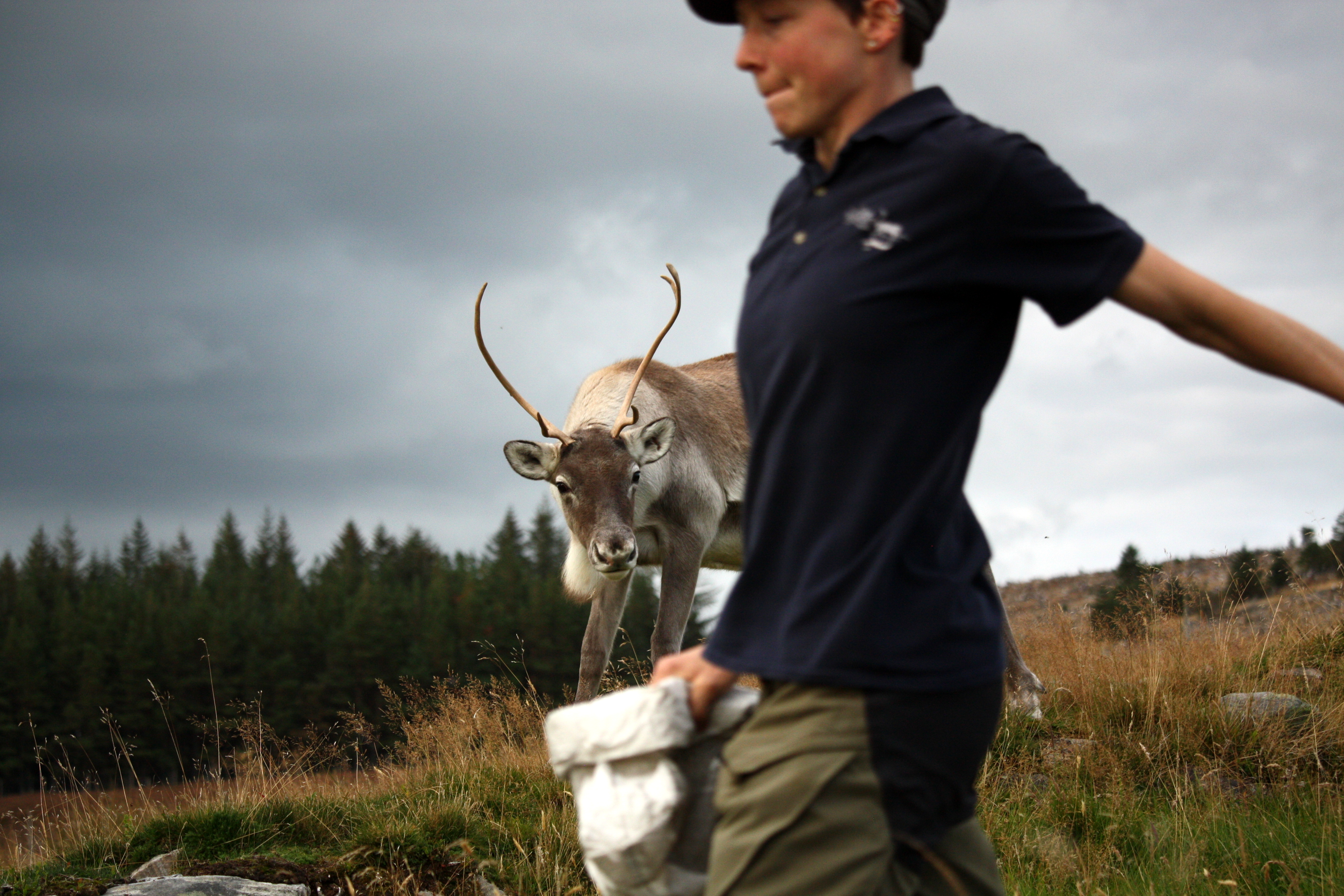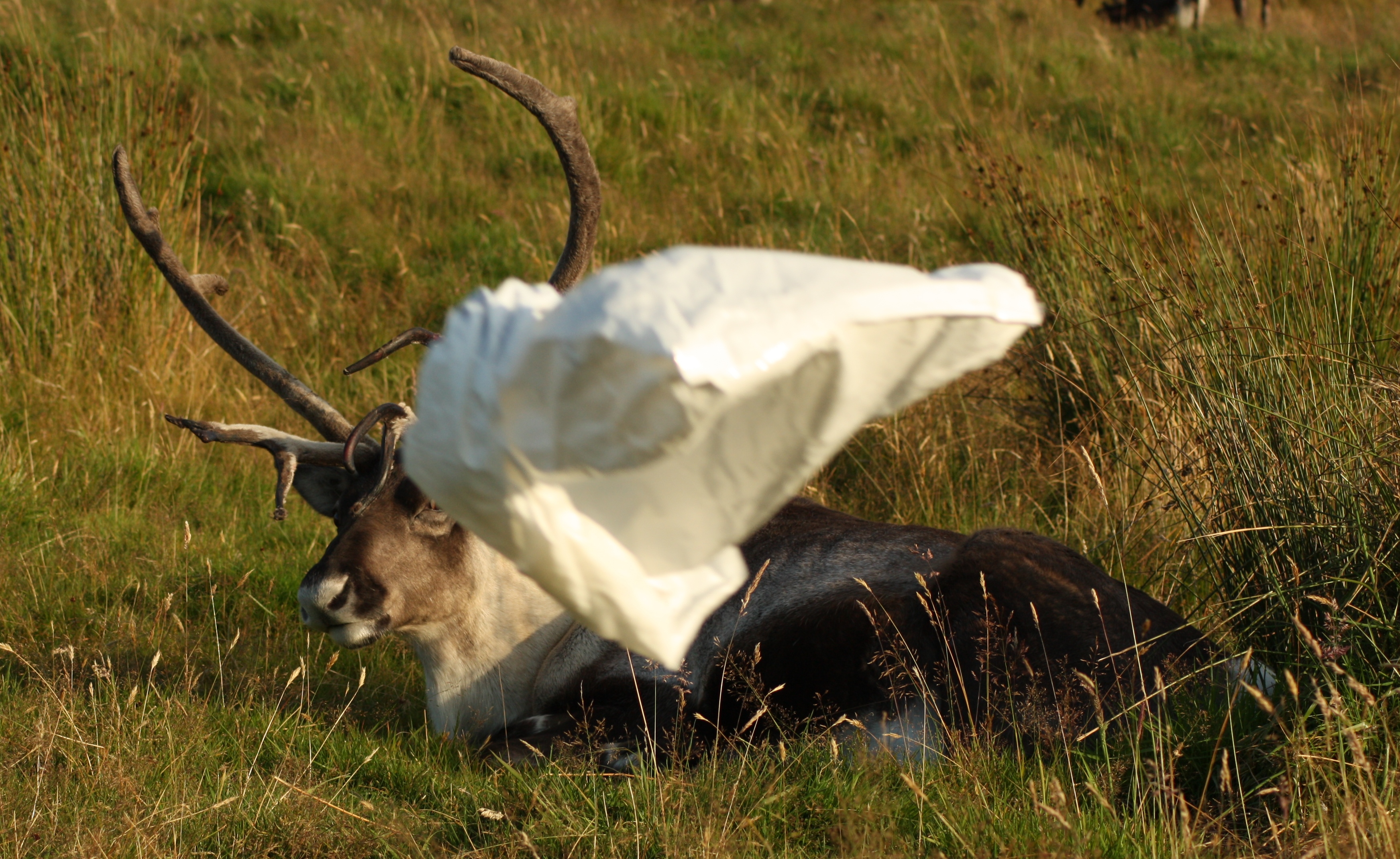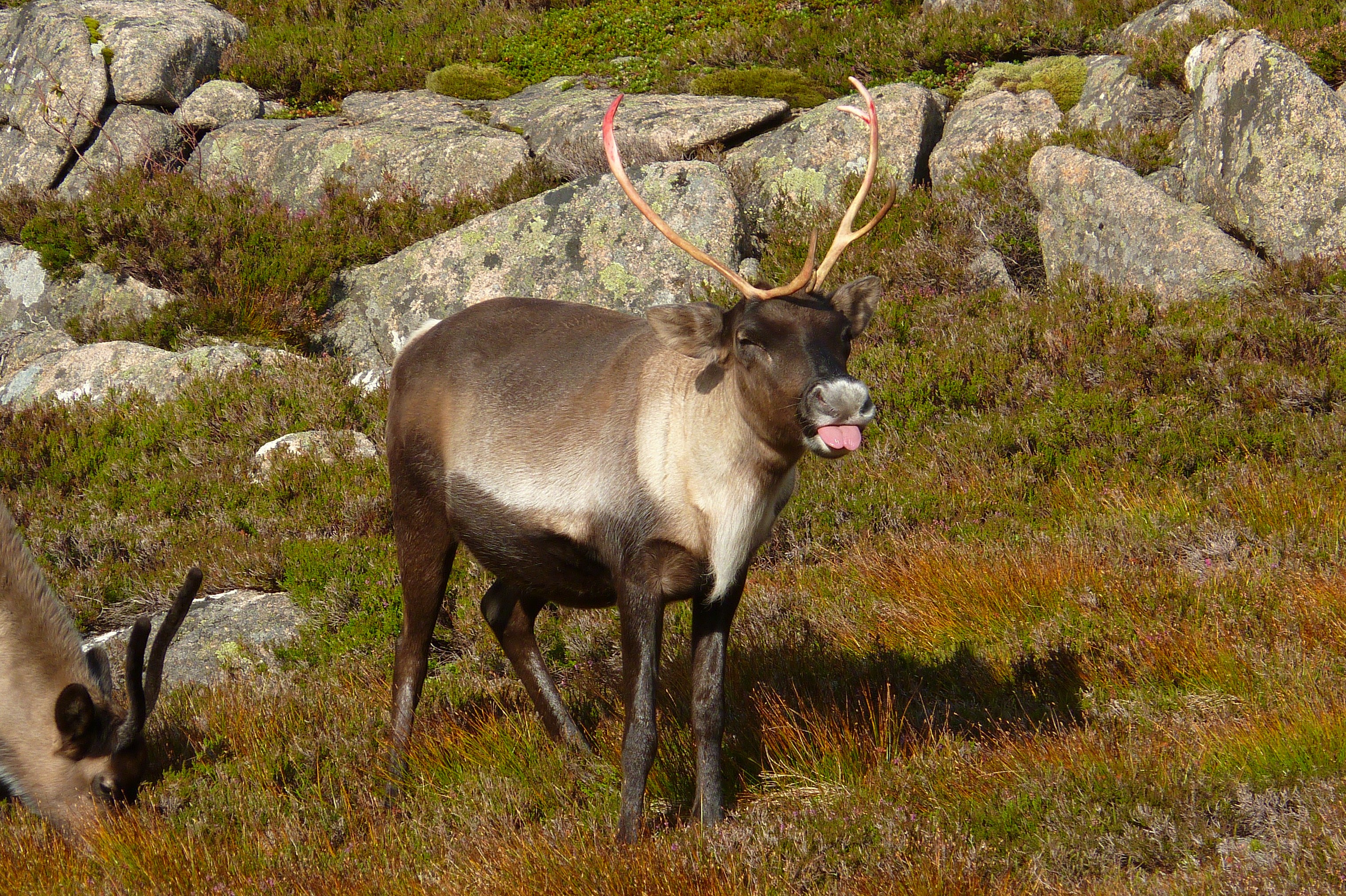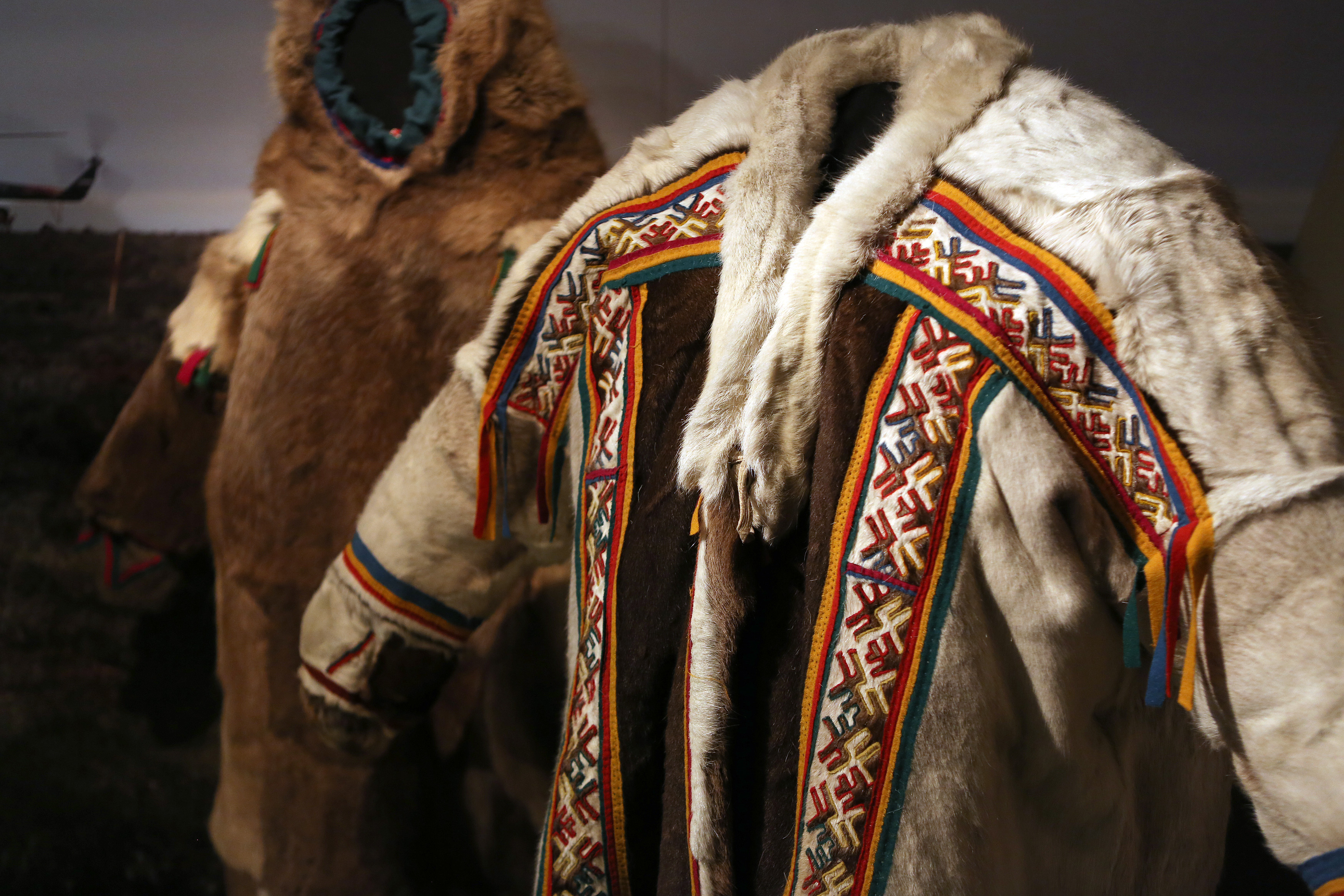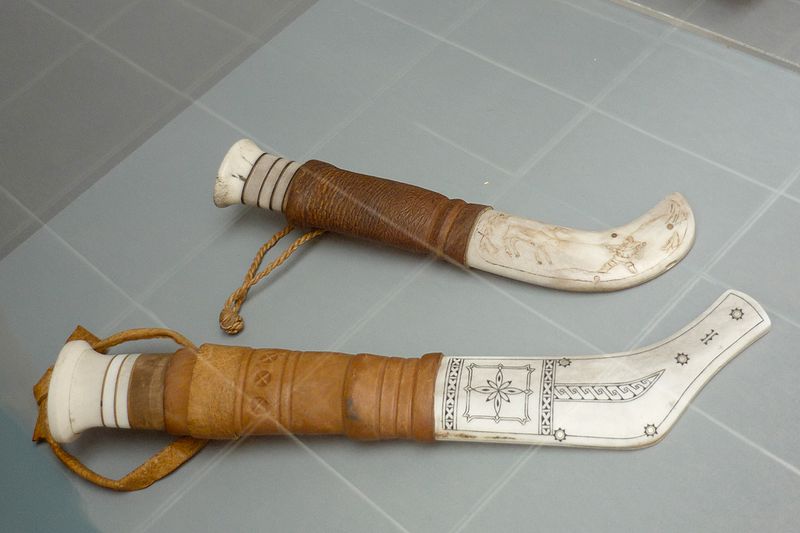Published in 2005.
An anthropological study of the roaming reindeer herders of northern Russia, this book is filled to the brim with interesting facts and fascinating stories. The author, Piers Vitebsky, was the first westerner to get the chance to visit and live alongside Siberian reindeer herders since the beginning of the Russian Revolution, and his book mainly follows the Eveny people, and the ways their lives are changed by the Soviet regime and its eventual demise.
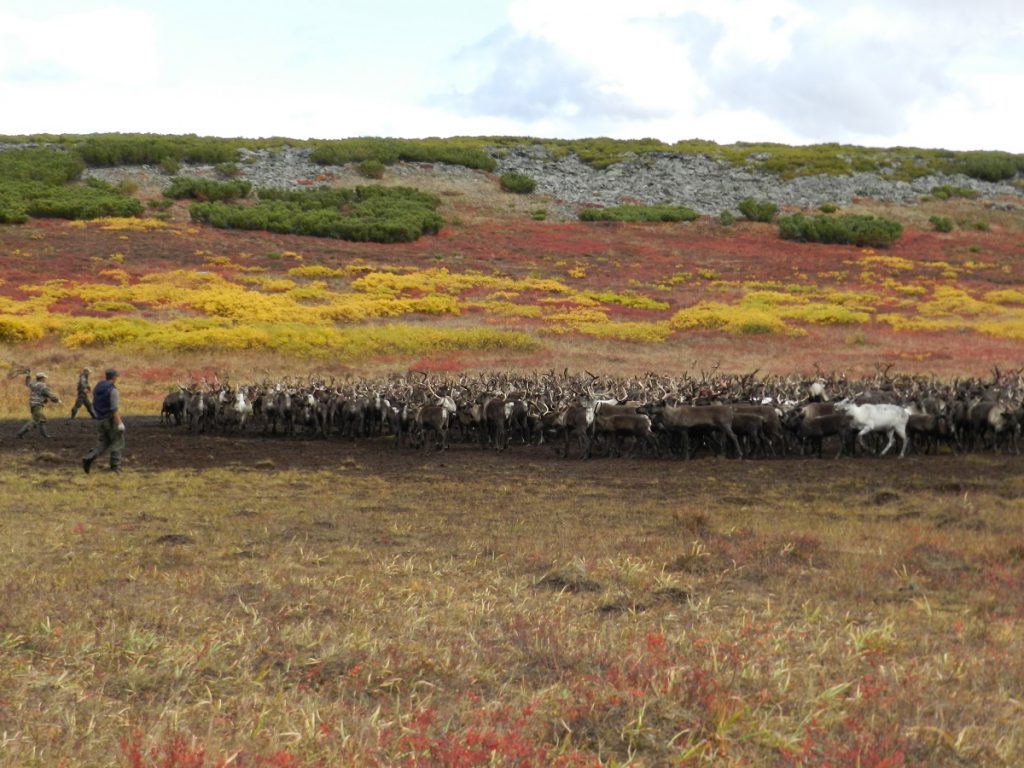
As much as this may all sound like very heavy reading, Vitebsky does a great job at making it interesting. Although I approached the book looking to learn, I was expecting a lot of stats, figures, and the like, but instead he does a great job at focusing on the human side of things – introducing you to all the key characters he met on his travels. This personal approach makes for a much more engaging read than I had initially expected, as you get more of a sense of the indigenous people passing on their stories to you through him.
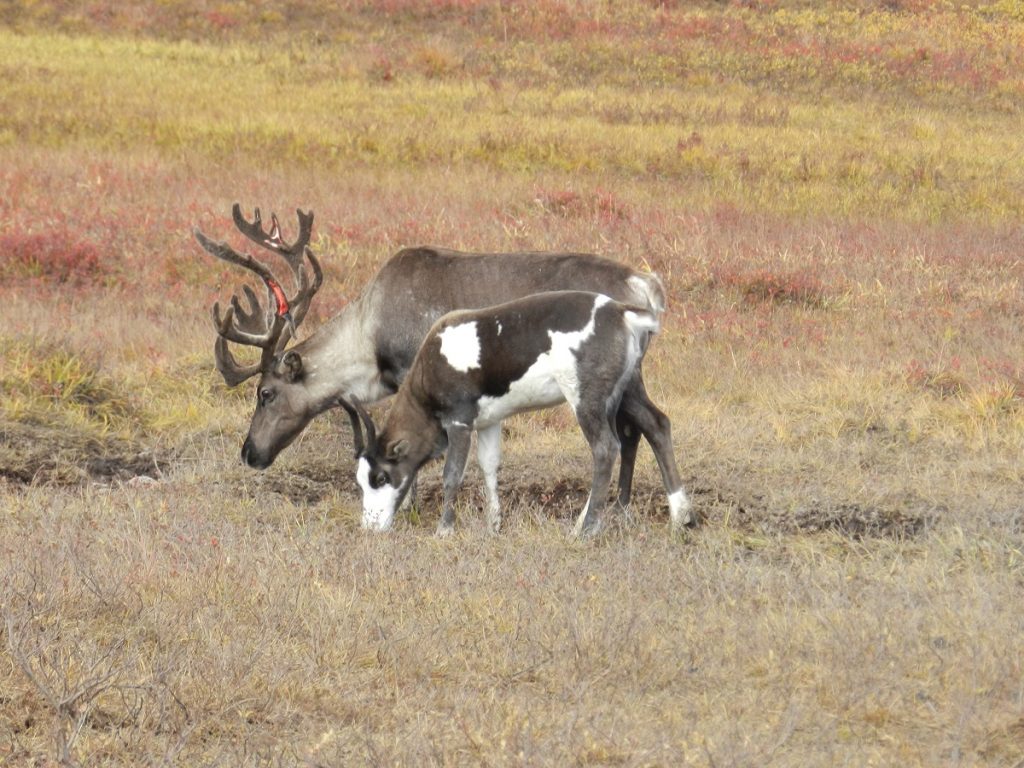
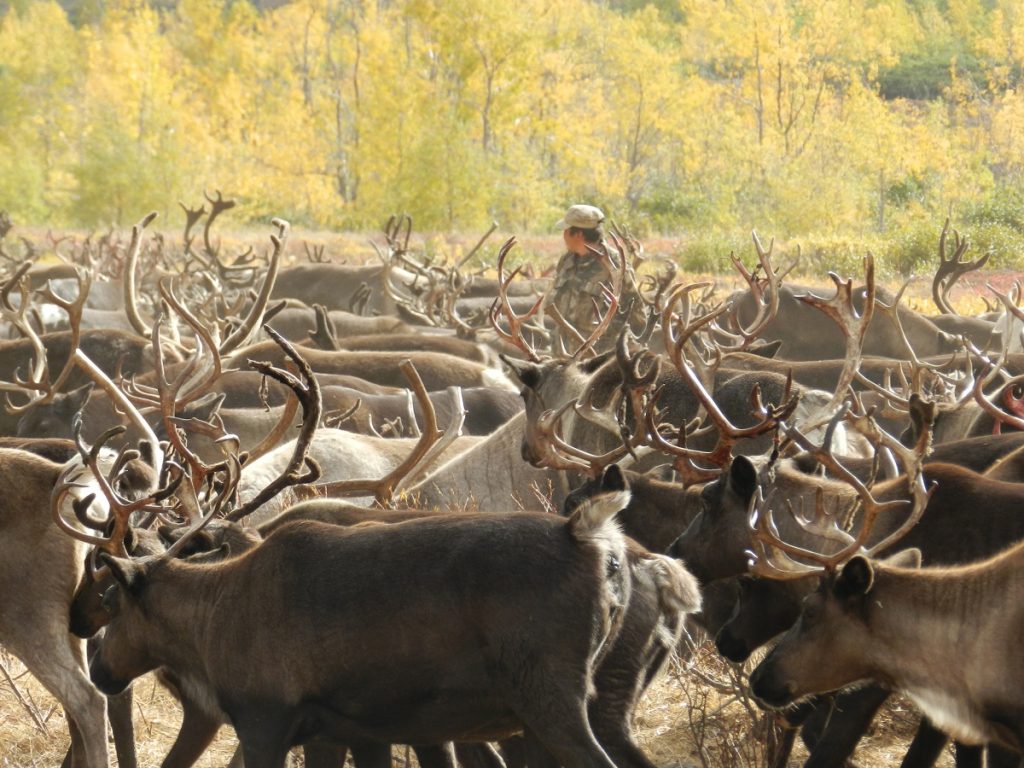
As for the stories, there is an incredible range. From descriptions of the earliest tribes to domesticate reindeer – and how their religions often revolved around them – to the ins and outs of what it means to work with a herd of 2,500 reindeer, in some of the harshest conditions imaginable, this book has it all! I found it interesting that Vitebsky was able to effectively blend interrelated stories together- so you understood things both from a big picture perspective and how these bigger events have affected the friends he made within the herders group. This is the key in what makes the book an interesting read, rather than just a compilation of statistics. The personal trials and tribulations become much more relatable and understandable, even for us outsiders.
Towards the end of the book, he begins to question how the Eveny will adapt for the future. As many negatives as the Soviet Union brought, they also created a system that forced the Eveny to rely on their support, and now that support has been taken away. The expansion of oil pipelines and the ever-growing threat of global warming are also huge factors in the changing lifestyle of many indigenous people and finding the balance between preserving their ancient cultures and surviving and adapting to the modern world is a huge question too.
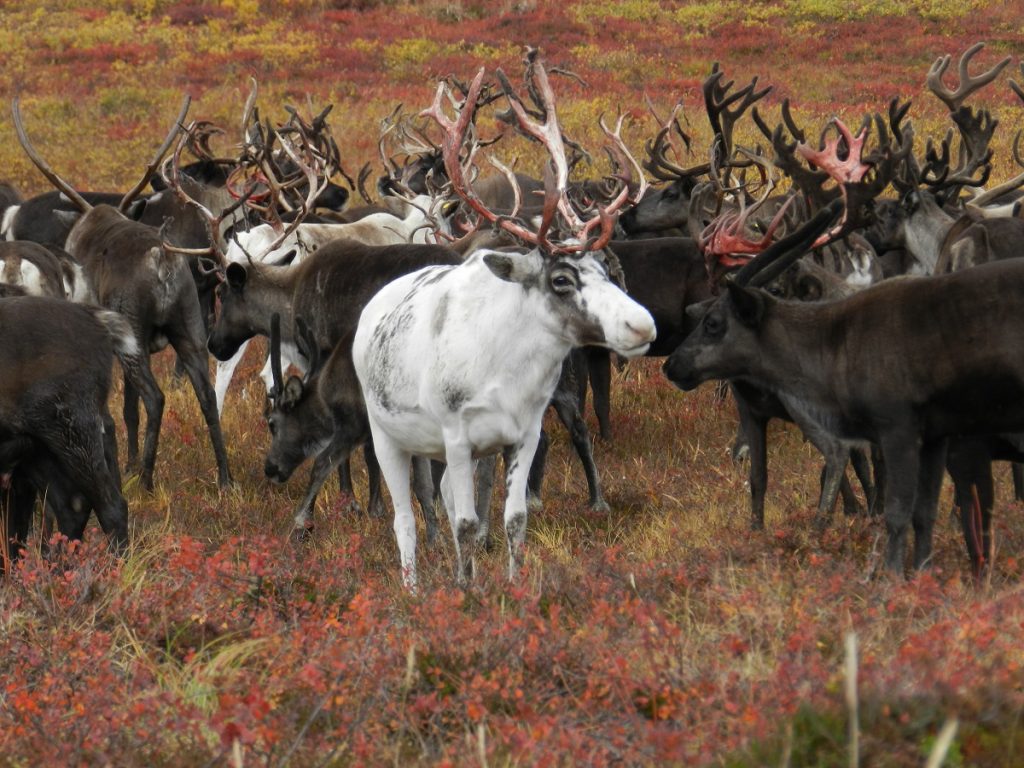
Overall, I would recommend this book to anyone who is interested not just in reindeer, but in the culture that surrounds them. It’s not necessarily light reading, but you will learn a lot – without feeling like you’re reading a textbook!
Harry

